Cooking with Essential Oils

Food safe essential oils in the kitchen can add flavor and health benefits, and save time. Learn how to use them safely in this expert guide.
When essential oils come to mind, people might think of their medicinal and therapeutic properties—drops of lavender oil added to felt dryer balls and soaps and citrus oil in the diffuser, freshly scenting a room. Most of us aren’t thinking of how we’ll add them to our next meal! Get ready to dive into this whole new world of flavorful, culinary exploration, where you’ll come to appreciate the differences between whole herbs and spices and their essential oils.
Let’s get a few facts straight right up front; it’s important to know that essential oils used for aroma and beauty products are not safe for cooking. Food safe essential oils might be marked as food safe, but be sure by checking with this list of essential oils that are generally recognized as safe by the FDA. The FDA lists these essential oils as GRAS (generally recognized as safe), but it’s important to note that they are not recommended for people with certain medical conditions, children, or those who are pregnant and nursing. Use them safely, 1-2 drops used 1-2 times per day at most. There are some essential oils that are not recommended for consumption, so check the FDA list. As with all supplements to your diet, it’s best to consult with your health care practitioner before adding something new to your regimen. Once you know you are working with food safe essential oils, how do you get started? Let’s start with the basics.

What Are Food Safe Essential Oils?
Essential oils are the concentrated essences of the oils found naturally in plants like rosemary, basil, and peppermint. They have been used as flavoring and preserving agents since ancient times and are being researched for their potential to improve food safety due to antimicrobial properties of some oils. Not every essential oil is ideal for cooking, since they may sometimes cause sensory changes in food due to their strong taste, aroma, and color. Essential oils also don’t taste quite the same as their whole herb counterpart. So, it’s best to use them sparingly, especially at first.

Basics of Cooking with Essential Oils
Cooking with essential oils can help make cooking more flavorful, and even easier. Sure, you can always turn to herbs and spices for flavor and aroma, but sometimes it’s just easier and more powerful to add a drop or two per day of a food-safe essential oil instead of spending time chopping, slicing and preparing herbs and spices. Essential oil can also take the place of artificial flavorings (think “orange extract” or “lemon flavoring”) in recipes.
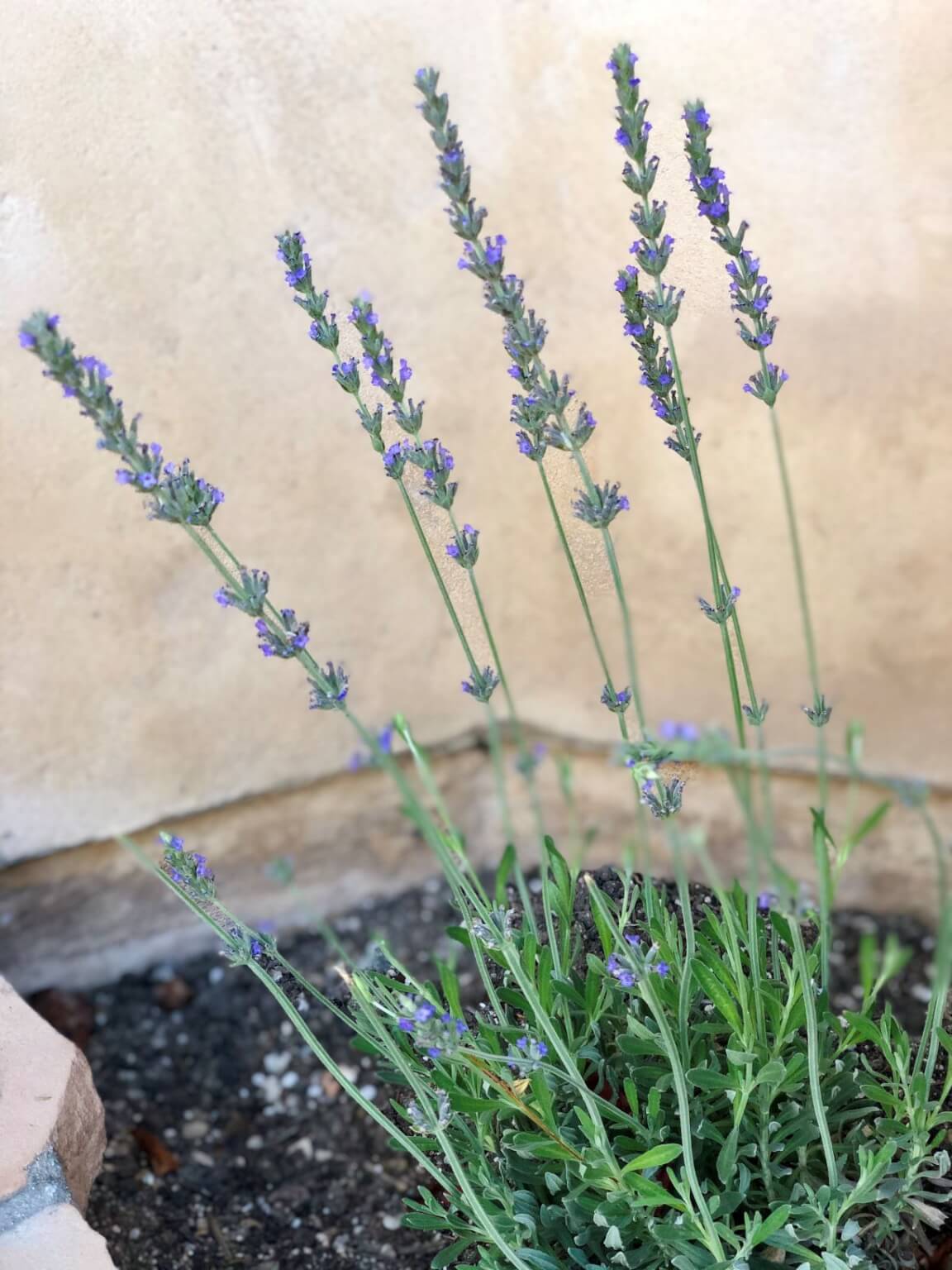
When it comes to cooking with essential oils, it’s important to remember a few things.
- Adjust the Amount. Remember that essential oil is a concentrated portion of its original source. Just like cinnamon sticks take up more space than cinnamon powder, the essential oil should be used in much, much smaller quantities than the whole substance. There isn’t a hard-and-fast rule for substituting essential oils for whole herbs and spices, but a good rule of thumb is that a drop will replace about a teaspoon, using no more than two teaspoons equivalent in any given recipe.
- Dilute as Needed. Another thing to remember when cooking with essential oils is that they should be diluted into a lipid such as olive or coconut oil first. This is not only for safety, but it helps ensure the oil (and flavor!) gets dispersed throughout the whole dish. For sweet recipes, a syrup such as agave or simple syrup works well too.
- Add After Cooking. For hot recipes, it’s important to wait until the end of the cooking process before adding the essential oil. These are called “volatile oils” for a reason; they are relatively fragile and will dissipate quickly in high heat! For stovetop recipes, after the cooking is finished, stir your diluted essential oil into the dish. For baking, expect to lose a bit of the properties in the process.
Top 10 Essential Oils for Cooking
It doesn’t take much essential oil to flavor your dish. Remember, you typically need just a drop or two at the most (that’s all that’s recommended for safety). Here are some of the best essential oils for cooking.

1. Lavender. Since lavender is one of the gentlest essential oils, it’s a great one to start with as you learn to cook with these precious oils. Its flavor is delicate and floral, which makes it excellent for a variety of recipes. Try lavender in dessert recipes like scones or even savory dishes. A couple drops for the whole recipe will take your recipe from okay to gourmet. Lavender essential oil has been associated with relaxing, calming, anti-anxiety effects, too. (4)

2. Peppermint. Peppermint essential oil is another easy essential oil to start out with. It’s cool and refreshing and it blends well in tea as well as lemonade. It can also be used in minty treats, such as peppermint bark, brownies, and fudge. Peppermint essential oil has been linked to relief of aches and pains, especially in irritable bowel syndrome. (5)

3. Citrus. All of the citrus oils are great for cooking! Citrus oils are unique in that they are pressed directly from the peel of the fruit, so they’re much closer to the familiar fruit flavor of citrus. This also means they aren’t steam distilled, which means they haven’t undergone heat processing. This makes citrus potentially more sensitive to heat applications, so it’s best to avoid using this essential oil with heat. Instead, citrus oils are best blended into drinks and smoothies. Citrus essential oils have antioxidant and antimicrobial properties and may be beneficial in food as a natural preservative. (6)
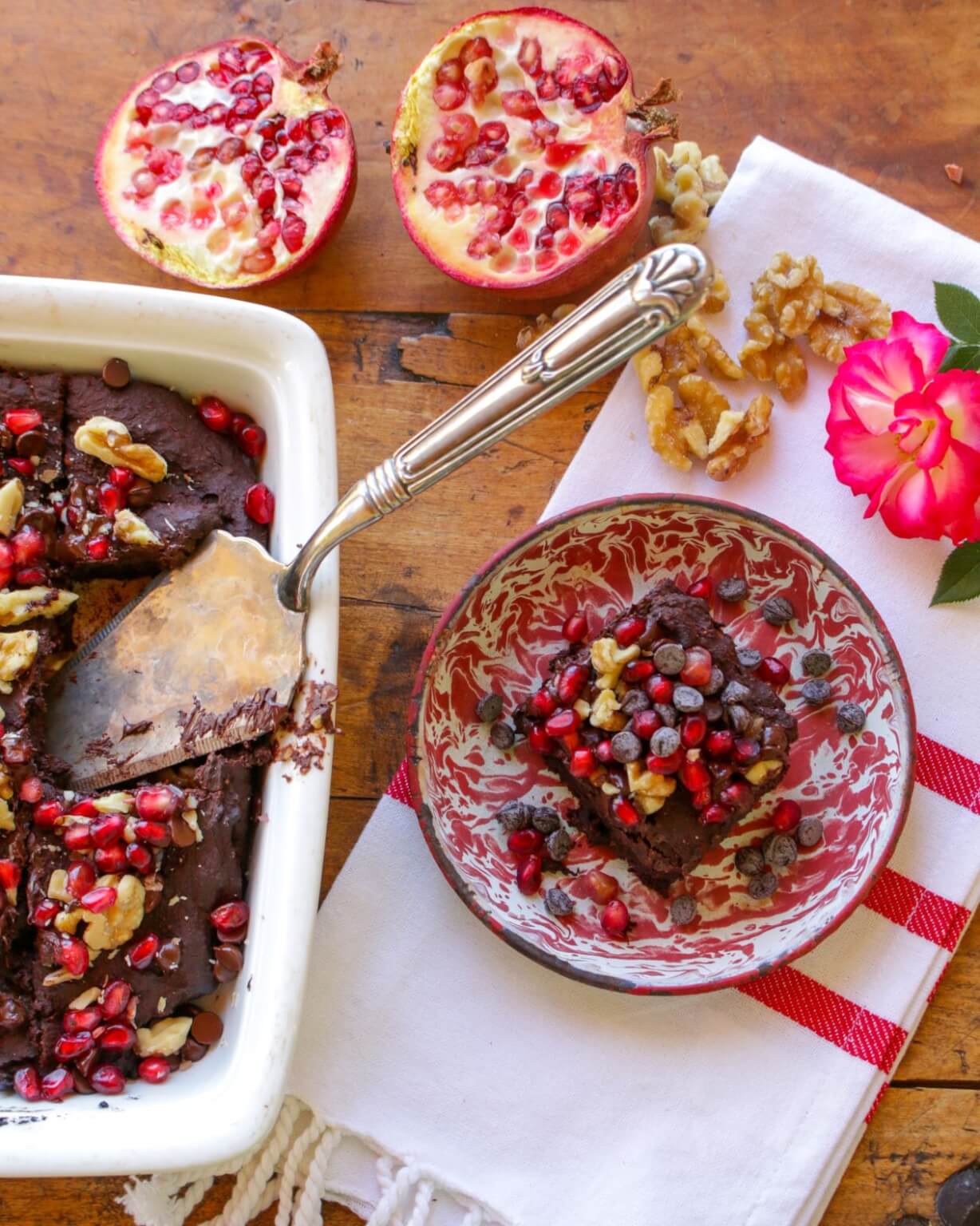
4. Rose Water. Made by distilling rose petals with steam, rose water is a by-product of the process of making rose essential oil, so it’s not as concentrated as the oil, but still contains a small amount of rose oil. Rose water’s antioxidant, antimicrobial, and anti-inflammatory properties have been linked to pain relief and digestive issues.
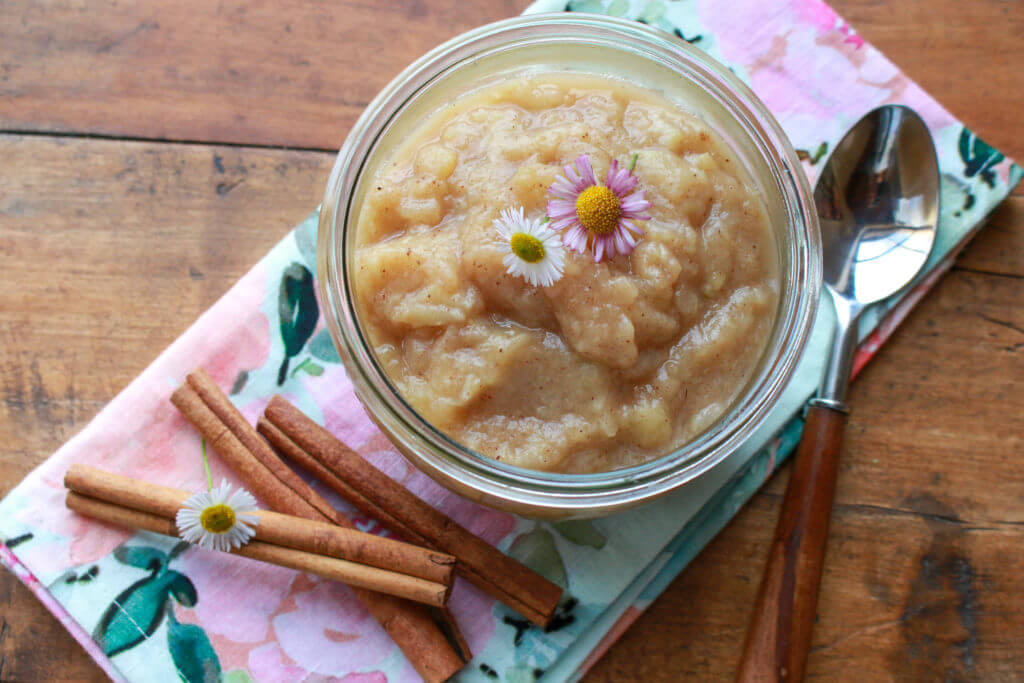
5. Cinnamon. Cinnamon essential oil is strong in both flavor and effects. It’s extremely important to dilute this essential oil properly to protect sensitive membranes, so you only should use a drop or two in a recipe. This essential oil, particularly cinnamon bark oil, works very well in sweet dishes, such as cinnamon rolls to replace powdered cinnamon bark. Cinnamon essential oil is associated with antimicrobial and antioxidant effects, as well as being a stimulating, energizing oil. (8)
6. Cardamom. Cardamom is known as a strong antioxidant with potential digestive benefits. It’s an excellent pairing with cinnamon oil, too. Use cardamom and cinnamon as part of a chai flavor blend or in any spice-flavored dessert. Cardamom essential oil is associated with digestive wellness, such as nausea relief, as well as a potent antioxidant composition. (9)
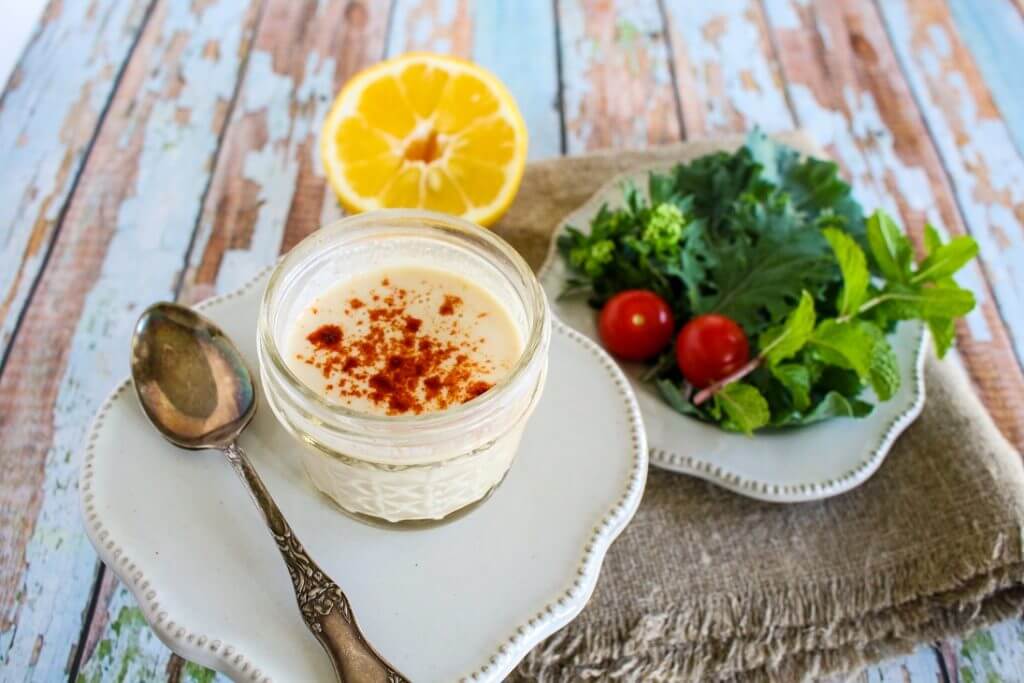
7. Ginger. Ginger root has long been used to relieve nausea and protect the stomach. Ginger essential oil can be used in similar ways, and it is great for cooking. Add ginger to sweet treats like ginger snaps, gingerbread, and spiced drinks, or in sauces for savory dishes like stir fries and marinades. Fresh ginger has to be peeled and grated, so ginger essential oil can be a quick and easy addition when time is short but flavor is needed. Ginger essential oil is linked to digestive wellness, nausea prevention, and anti-inflammatory benefits. (10)

8. Thyme. Thyme essential oil is typically used in “cleaning” blends. It is best known for its effects against the microbes that cause illness. Made from a flavorful culinary herb, it is an excellent savory essential oil with an herbaceous flavor that blends well into soups and stews. Thyme essential oil, known as an antimicrobial immune stimulant, may help to improve food safety. (11)
9. Anise. Anise essential oil, with its familiar licorice flavor, is fun to experiment with as a unique and delicious addition to nearly any kind of recipe. Anise as a whole herb is used in cookies and treats, biscotti, savory marinades, soups, and various global recipes. It is similar to fennel in flavor, as well as digestive benefits. Replace anise seeds in recipes with a drop or two of the essential oil. But, like fennel, it can be counterproductive and even dangerous if used in excess. Use it cautiously—not daily and not too much—to enjoy the flavor and digestive benefits of anise essential oil. Anise essential oil, which has anti-inflammatory properties, may be beneficial for treating stomach ulcers. (12)
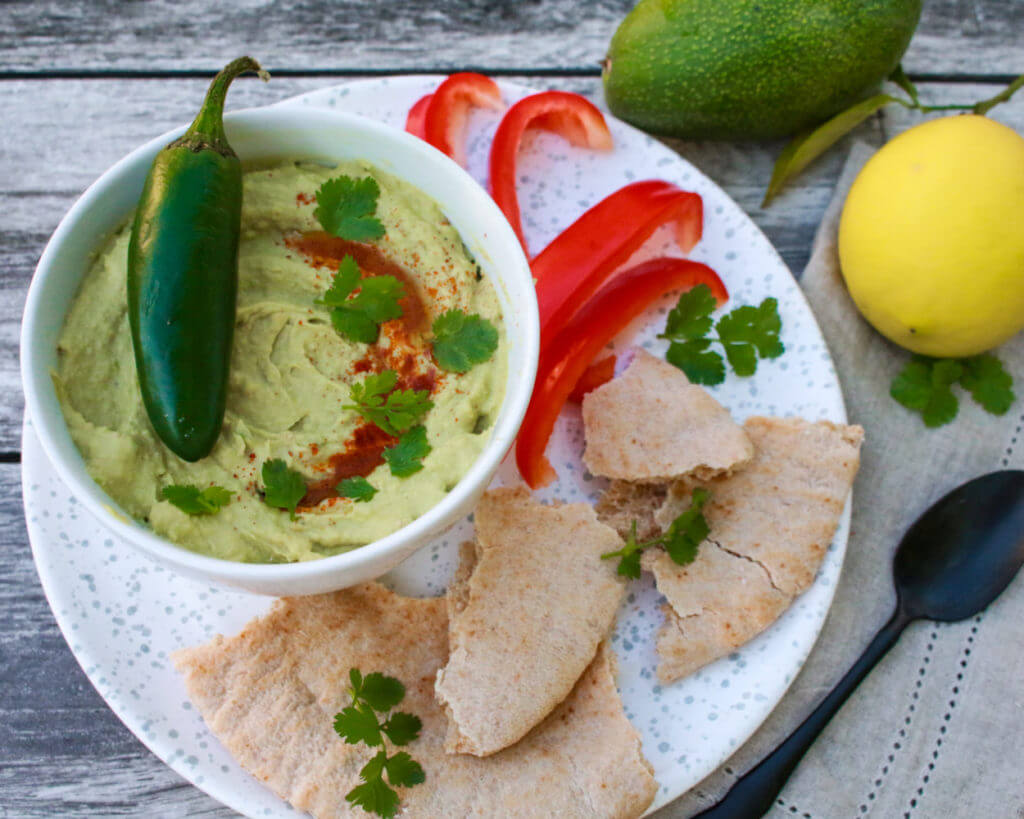
10. Coriander/Cilantro. Cilantro and coriander come from the same plant (coriander is the seed and cilantro is the leaf), but their flavors and uses are quite different. Cilantro oil is best used where you would use cilantro—salsas, dips, and savory cuisine. Coriander essential oil works well in sauces, vegetable dishes, pickling, and other savory recipes that call for herbs. Cilantro and coriander essential oils have been used to help ease digestive issues such as indigestion and upset stomach, and coriander essential oil has been used to help reduce pain. (13)
Written by Michelle Burgos Dietetic Intern with Sharon Palmer, MSFS, RDN
For more information on cooking with flavorful plants, herbs and spices, check out the following:
Spice Up Your Life for Health and Flavor
Healthy Indulgence: Dark Chocolate
5 Herbs to Grow in Your In-Kitchen Garden
References:
- Patel, S. (2015). Plant Essential Oils and Allied Volatile Fractions as Multifunctional Additives in Meat and Fish-Based Food Products: A Review. Food Addition Contam Part A Chem Anal Control Expo Risk Assess,32(7), 1049-1064. https://pubmed.ncbi.nlm.nih.gov/25893282/
- Hyldgaard, M., Mygind, T., & Meyer, R. (2012). Essential Oils in Food Preservation: Mode of Action, Synergies, and Interactions with Food Matrix Components. Frontiers in Microbiology, 3(12). https://www.ncbi.nlm.nih.gov/pmc/articles/PMC3265747/
- Skalli, S., & Bencheikh, R. (2011). Epileptic Seizure Induced by Fennel Essential Oil. Epileptic Discord, 13(3), 345-347. https://pubmed.ncbi.nlm.nih.gov/21865126/
- https://www.sciencedirect.com/science/article/pii/S0944711319303411
- 5. Cash, B., Epstein, M., & Shah, S. (2016). A Novel Delivery System of Peppermint Oil Is an Effective Therapy for Irritable Bowel Syndrome Symptoms. Dig Dis Sci, 61(12), 560-571. https://pubmed.ncbi.nlm.nih.gov/26319955/
- Degirmenci, H., & Erkurt, H. (2020). Relationship between Volatile Components, Antimicrobial and Antioxidant Properties of the Essential Oil, Hydrosol and Extracts of Citrus Aurantium L. Flowers. Journal Infect Public Health, 13(1), 58-67. https://pubmed.ncbi.nlm.nih.gov/31296479/
- https://www.mdpi.com/1420-3049/22/4/614/htm
- 8. Brochot, A., Guilbot, A., Haddioui, L, & Roques, C. (2017). Antibacterial, Antifungal, and Antivirual Effects of Three Essential Oil Blends. Microbiology, 6(4). https://pubmed.ncbi.nlm.nih.gov/28296357/
- Korikanthimathm, V., Prasath, D., & Rao, G. (2001). Medicinal Properties of Elettaria Cardamomum. Research Gate. https://www.researchgate.net/publication/267307145_Medicinal_properties_of_Elettaria_cardamomum
- Schulman, J. (2019). About Ginger Oil. Healthline. https://www.healthline.com/health/ginger-oil#ginger-to-eat
- Boruga, O., Jianu, C., Golet, I., Gruia, A., & Horhat, F. (2014). Thymus Vulgaris Essential Oil: Chemical Composition and Antimicrobial Activity. Journal of Medicine and Life, 7(3), 56-60. https://www.ncbi.nlm.nih.gov/pmc/articles/PMC4391421/
- Link, R. (2018). 7 Health Benefits and Uses of Anise Seed. Healthline. https://www.healthline.com/nutrition/anise#section8
- Mercola, D. (2017). Putting the Spotlight on Coriander Seed Oil. ProHealth. https://www.prohealth.com/library/putting-the-spotlight-on-coriander-seed-oil-42534#:~:text=Carminative%20and%20Digestive%20%E2%80%94%20This%20essential,also%20aids%20in%20reducing%20pain.



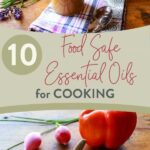
Hi Sharon, What essential oil company do you recommend? There are so many. Thanks, LC
There are several brands available. I have seen that brands like Viva Doria have food grade essential oils.
Therapeutic grade essential oils are safe to use when cooking though, right?
As noted in this blog, Food safe essential oils might be marked as food safe, but be sure by checking with this list of essential oils that are generally recognized as safe by the FDA. The FDA lists these essential oils as GRAS (generally recognized as safe), but it’s important to note that they are not recommended for people with certain medical conditions, children, or those who are pregnant and nursing. Use them safely, 1-2 drops used 1-2 times per day at most. There are some essential oils that are not recommended for consumption, so check the FDA list. As with all supplements to your diet, it’s best to consult with your health care practitioner before adding something new to your regimen.
Excellent post and wonderful blog, this sort of interesting posts I really like, keep it up…